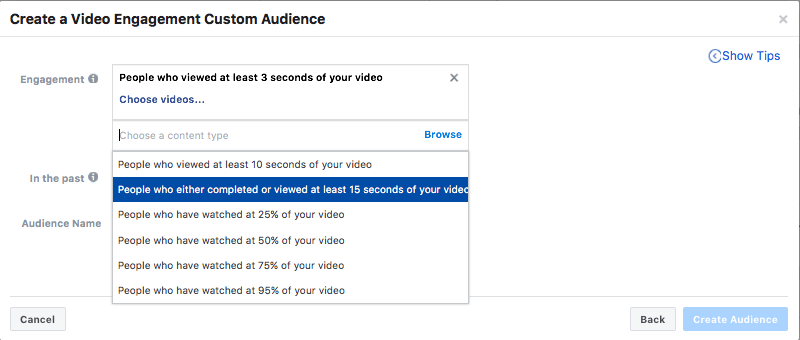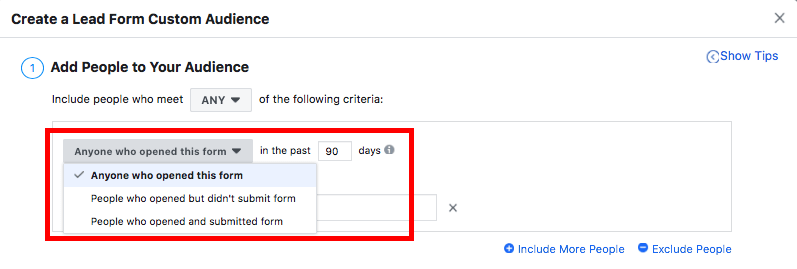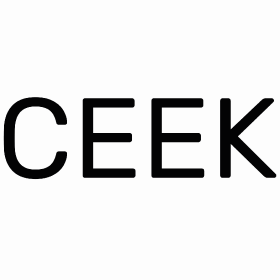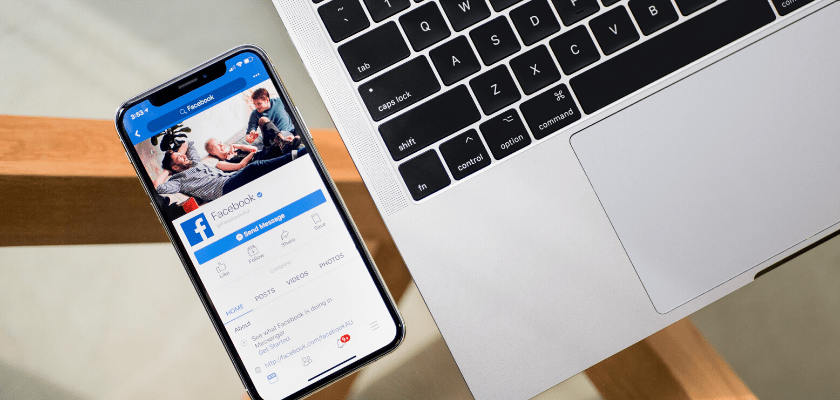Top 5 Custom Audiences For Agencies You Should Be Using In Facebook Ads Manager
As Facebook’s ad platform becomes more competitive, brands must continually optimize campaigns to maintain lower acquisition costs.
Whether it be through engaging ad creative, optimized targeting, or unique bidding strategies – brands must leverage data to uncover unique areas of opportunity.
Custom audiences are an effective way to deliver highly targeted ads to the most relevant users. This granular form of targeting can result in higher conversions at a lower CPA.
When using interest-based targeting, Facebook’s black box doesn’t provide any insight into the exact users you’re addressing. Custom audiences, however, allow you to have a deeper understanding behind those within your target audience.
Throughout each stage of your funnel, it’s possible to leverage unique custom audiences that cater to users within their buying lifecycle.
If you’re a brand or digital marketer looking to get the most from custom audiences, these are five top recommendations I’d have that you can implement today.
Custom Audience – Including Lifetime Value
Within Facebook Ads Manager, you have the ability to upload a list of user data. This is then matched with Facebook’s user graph. Traditionally, you might include information like user email addresses, phone numbers, names, and locations.

Once you’ve prepared this data in a spreadsheet, you can easily upload this list as a custom audience.
In 2018, Facebook introduced an additional feature within custom audiences. The introduction of the lifetime value metric allowed brands to integrate useful targeting information within their ad account.
For brands selling goods online like eCommerce stores or SaaS providers, this new feature made it possible to identify target users based on their spending behaviors.
If you’re using an eCommerce platform like Shopify or WooCommerce, you can classify a segment of users who have spent the most with your brand over time. This segment can then be uploaded into your audience manager, allowing Facebook to recognize the spending behaviors of each user.
As Facebook custom audiences require a minimum of 100 people, most brands will have enough data to get started.
With this additional data available, you can choose to target your most loyal users with special promotions like sales or early-release products.
Lookalike Audience of Top Performing Customers
Following on from custom audiences with a lifetime value attribute, it’s possible to leverage this data in more ways than one.
By creating a 1% lookalike audience of these top-performing customers, Facebook will also factor the spending values when generating a new list.

By leveraging its knowledge graph, it will generate a new audience of users who not only share the same behaviors as your top customers, but are also likely to spend similar amounts. This lookalike audience is ideal for top-of-funnel campaigns as it targets a large subset of relevant users.
Retargeting Those Who Watch Your Videos
When moving into the middle of your funnel, retargeting audiences are an effective strategy for re-engaging interested prospects.

If you leverage video content (both organic or paid) within your top-of-funnel strategy, it’s possible to build segments of users who engage with this content.
These custom audiences can be based on the unique interactions users have with a video asset. These include:
- Those who have watched specific videos published from your brand profile. These can be categorized by individual videos or all videos within a specific period e.g. the past 60 days
- Those who have engaged with a video for a minimum duration – 3 seconds or 15 seconds
- Those who have watched a total percentage of a video – 25% – 95%
If your top-of-funnel campaign utilizes a video asset with valuable information at a certain timestamp, you can create a custom audience of those who have watched past this point.
Once generated, this audience can retarget these engaged users with additional content.
Pro tip: As it stands, Facebook doesn’t provide a way for ad accounts to directly target users within a Facebook group. A unique workaround is to leverage video custom audiences.
By publishing a video introduction or informative video into a specific Facebook group, you can then create a custom audience of any user who has engaged with 3 seconds of the video.
Retargeting Users Who Spend a Minimum Time on a Specific Webpage
Website retargeting has traditionally been an effective way to re-engage users who are familiar with your brand or product.
If you’re a high-performing website or store, you might find that a simple retargeting audience may be too broad for some campaigns.
By segmenting a retargeting audience by the duration of their website sessions, you can separate highly-engaged traffic from those who simply bounce.
Within Ads Manager, it’s possible to segment users by website session durations. These include the top 5%, 10%, and 25% of total sessions. The top 5% of website sessions will be the most engaged subset of users.
Note: When creating a segment in the top percentile, it’s important to review the final audience size an interpret if it’s broad enough. If the audience size is too small, it will quickly drive the frequency of your ad content.

Going one step further, it’s also possible to segment these percentiles across specific pages of your website.
Let’s say your top-of-funnel campaign focussed on driving traffic to a dedicated landing page or product page.
By creating a retargeting audience of the most engaged users who visit this page, you can be more direct with relevant ad copy.
When creating website retargeting audiences, it’s also possible to integrate tools like Google Tag Manager to leverage custom website events.
Using GTM, you can create a custom event that triggers once a user reaches a select part of your page.
If this section of the page includes a CTA, but the user doesn’t engage with it, you can interpret that they were in fact interested, but not yet ready to convert.
It’s then possible to retarget these specific users with a personalized ad to drive them across the line.
Lookalike Audience of Users Who Submit Facebook Lead Forms
Lead generation ads are an engaging format that streamlines the process of acquiring prospects. Leadgen ads can offer value to users in exchange for their data.
Whether it be a downloadable eBook or an opt-in to schedule an appointment, users can natively complete leadgen experiences on Facebook in a matter of seconds.
Did you know that once a user opens a leadgen form, they’re eligible to target through a custom audience?
Within Ads Manager, Facebook allows you to build retargeting audiences based on those who engaged with your leadgen experiences.

Like all custom audiences, it’s possible to segment users into both broad or niche categories. Leadgen audiences can be created from users who have interacted with any of your leadgen ads, right through to those who engage with a specific form.
Additionally, you can also segment users by the specific actions they take on lead forms. Audiences can be created to target those who:
- Have opened a leadgen form
- Have opened, but not completed a leadgen form
- Have opened and completed a leadgen form
Creating a custom audience of those who have opened, but not completed a leadgen form would allow you to re-engage prospects who were interested in your ad, but didn’t convert.
Using this audience, you can offer additional value or even share more information related to the lead ad.
Additionally, the segment of users who have both opened and completed a leadgen form can be identified as highly engaged prospects.
By building an audience of these users, you can target them with content that drives them into the bottom of your funnel.
Although Facebook’s interest-based targeting can reach and engage relevant users, these audiences can often be broad and competitive to bid against.
Final Words
Custom audiences are a powerful way to drive more from your paid Facebook strategy. With the ability to target specific users based on data you’ve already mapped, the overall ad experience for end-users is more relevant and engaging. This, of course, results in higher conversion rates.
As Digital Marketers, it’s important to understand the unique custom audiences that can be built within Ads Manager. By uncovering new possibilities, it can help optimize your overall paid acquisition strategy.
The best way to enhance your knowledge of custom audiences is to take the time and review the endless possibilities within Ads Manager. You can also explore our best facebook advertising agencies and the needs of Implement Facebook Lead Ads for your brand articles.























